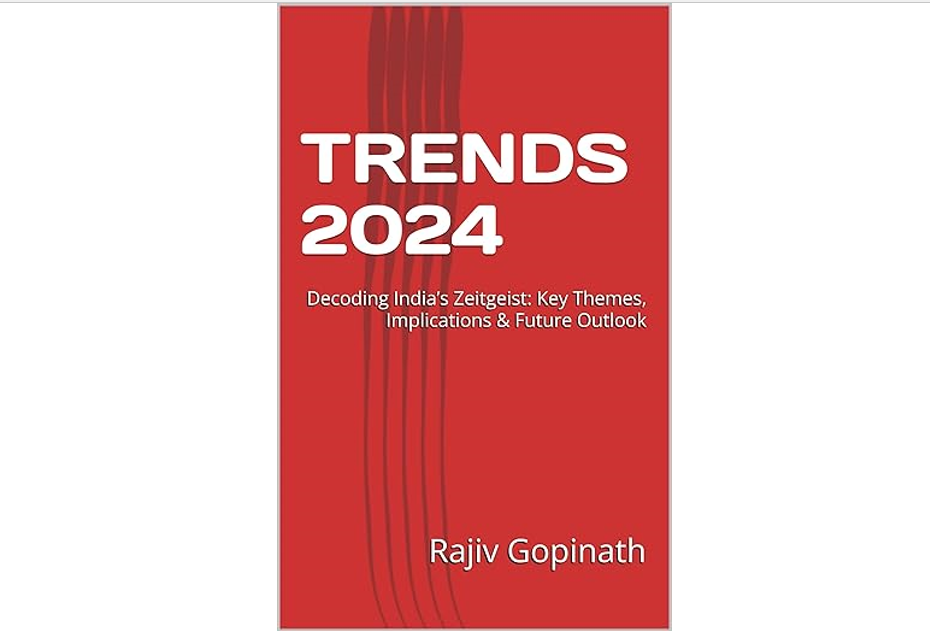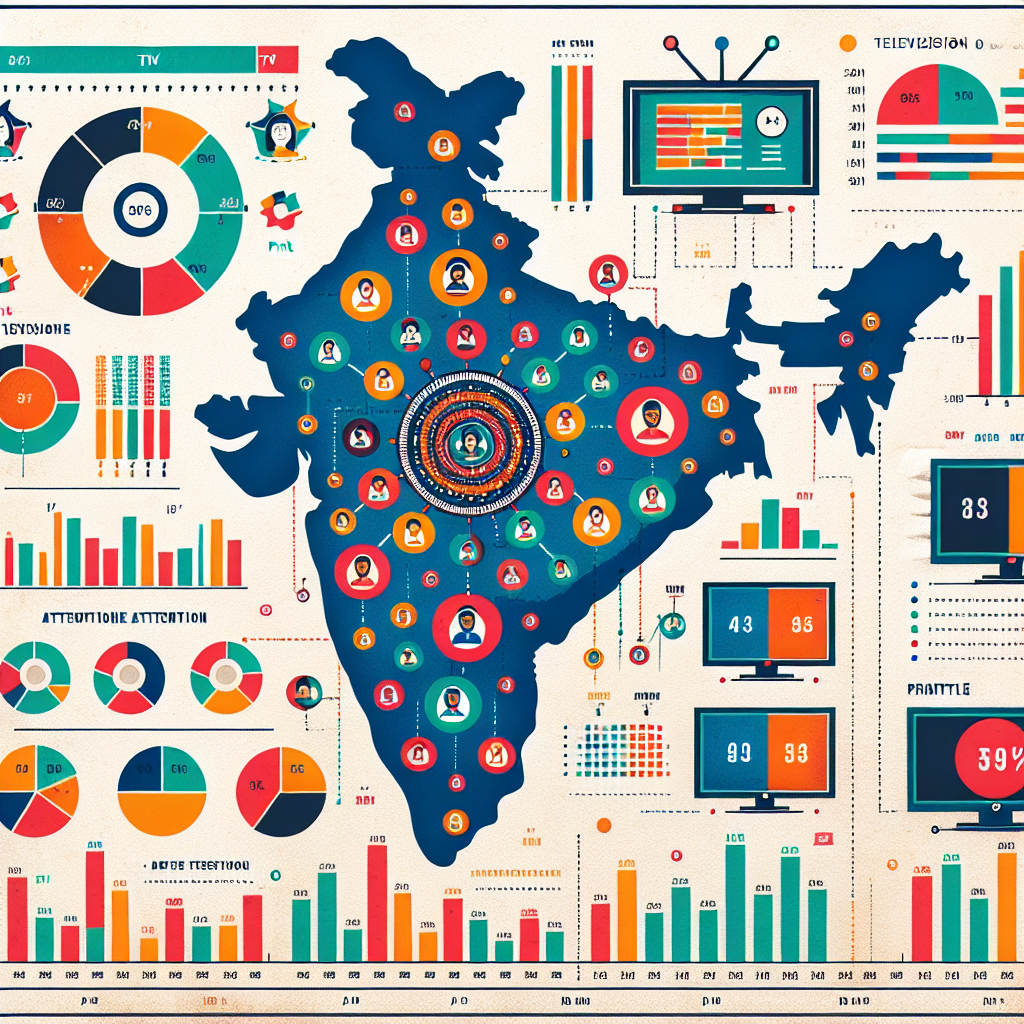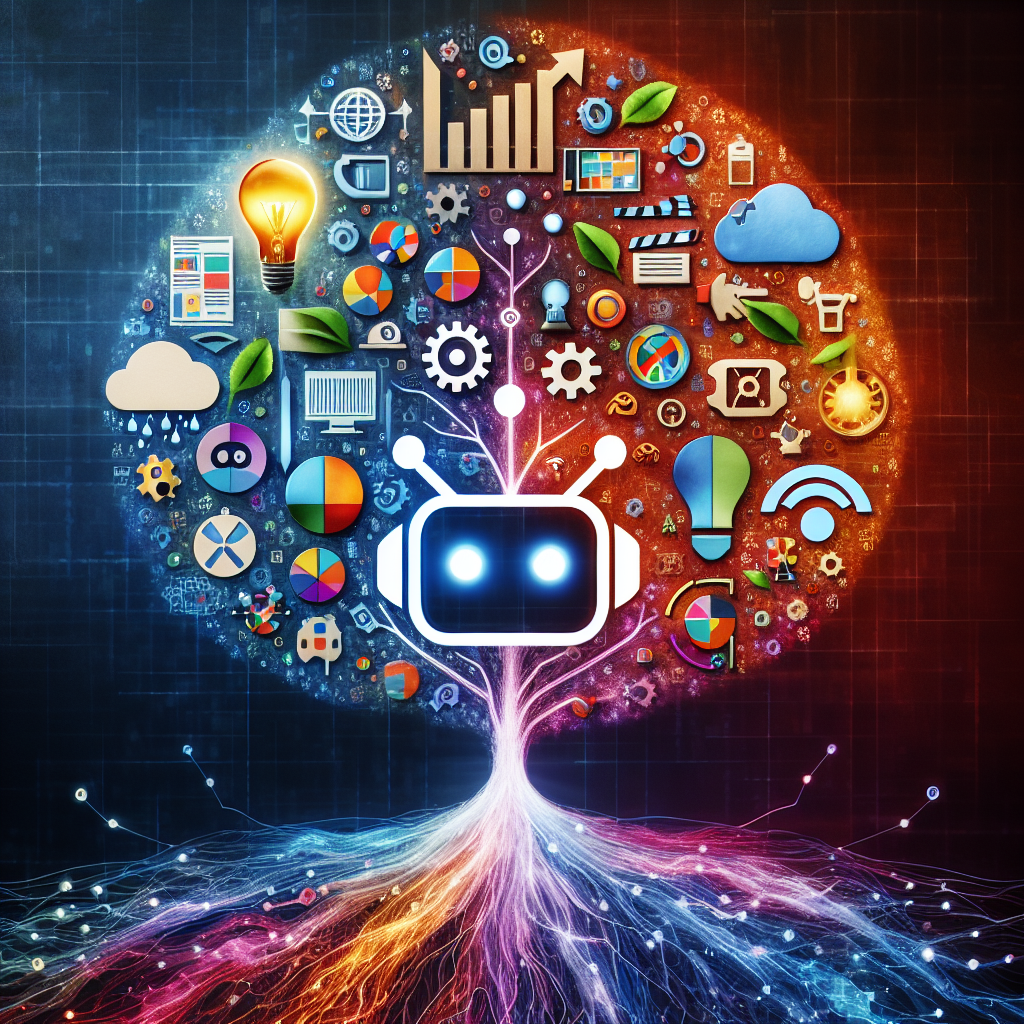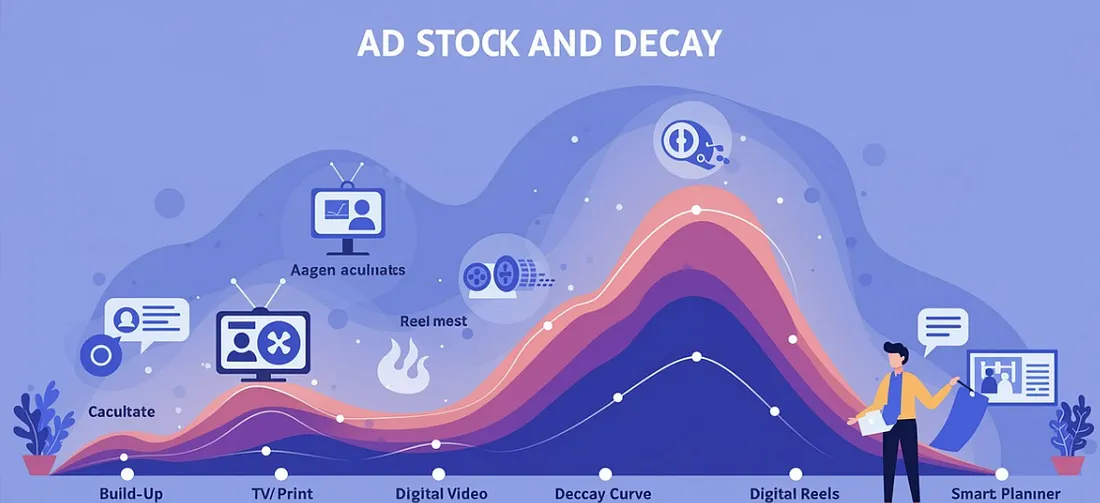The Future of AI and ML in Marketing
The evolution of AI and ML continues to reshape the marketing landscape, opening new opportunities for creativity, efficiency, and consumer engagement. As these technologies advance, their integration into marketing strategies will become more seamless and sophisticated.
1. Enhanced Creativity
AI is poised to augment human creativity rather than replace it. While generative AI tools like OpenAI’s DALL·E, Runway, and Midjourney can generate images, videos, and even entire ad campaigns, their true power lies in assisting human creatives. AI can automate repetitive tasks—such as resizing images, generating multiple ad variations, or drafting headlines—allowing marketers and designers to focus on strategic and high-impact work.
For example, Coca-Cola’s "Create Real Magic" campaign leveraged AI tools to generate unique digital artwork based on its branding elements, demonstrating how AI can enhance rather than substitute creative vision. Moving forward, we can expect AI to play an even greater role in content creation, helping brands quickly iterate and test creative ideas at scale.
2. Hyper-Personalization at Scale
Consumers increasingly expect personalized experiences, and AI-driven marketing will take this to new heights. ML models can analyze consumer behavior in real time, allowing brands to deliver tailored content, product recommendations, and dynamic pricing. Unlike traditional personalization, which relies on predefined rules, AI can continuously learn and adapt, ensuring marketing messages remain relevant as consumer preferences evolve.
For instance, Netflix and Spotify already use AI-driven recommendation engines to curate highly personalized experiences. In the retail sector, AI-powered chatbots and virtual shopping assistants will offer tailored suggestions based on a user’s browsing history, past purchases, and even sentiment analysis from their interactions.
3. AI-Generated Influencers and Virtual Brand Ambassadors
The rise of AI-generated influencers, such as Lil Miquela and Shudu, is changing influencer marketing. These virtual personas, powered by AI and ML, can engage with audiences, collaborate with brands, and even evolve over time based on audience feedback.
For brands, AI-generated influencers offer a high level of control over messaging, eliminating the risks associated with human influencers, such as controversies or inconsistent branding. Expect more brands to experiment with virtual brand ambassadors, particularly in industries like fashion, gaming, and entertainment.
4. AI-Powered Ad Optimization and Autonomous Campaigns
AI is revolutionizing digital advertising by optimizing campaigns in real time. Platforms like Google’s Performance Max and Meta’s Advantage+ use ML algorithms to allocate budgets dynamically, test creative variations, and target the right audiences across multiple channels.
The next step in this evolution is fully autonomous marketing campaigns, where AI not only optimizes but also generates and executes campaigns with minimal human intervention. Imagine an AI system that continuously learns from campaign performance and adjusts messaging, visuals, and targeting strategies on the fly, ensuring maximum ROI.
5. Conversational AI and the Future of Customer Engagement
AI-driven chatbots and voice assistants are already transforming customer service, but their capabilities will expand significantly. With advancements in natural language processing (NLP), future chatbots will be able to understand and respond to customer queries with near-human accuracy.
For example, AI-powered assistants in e-commerce will offer a seamless shopping experience, guiding customers from product discovery to purchase, and even handling post-sale support. AI-powered voice search and voice commerce will also gain traction, with brands optimizing content for conversational interactions via smart speakers and virtual assistants.
6. AI-Driven Sentiment Analysis and Brand Reputation Management
Understanding consumer sentiment is critical for brands, and AI-driven sentiment analysis tools are becoming more sophisticated. By analyzing social media, reviews, and online discussions, AI can gauge public perception, identify emerging trends, and detect potential crises before they escalate.
Brands like Nike and Starbucks use AI-powered social listening tools to monitor customer sentiment in real time, allowing them to respond quickly and maintain a positive brand image. In the future, AI will not only analyze sentiment but also predict consumer reactions, helping brands make proactive decisions.
7. Ethical AI and Transparency in Marketing
As AI becomes more integrated into marketing, ethical considerations will take center stage. Consumers are increasingly aware of AI’s role in shaping their online experiences, and brands will need to prioritize transparency, data privacy, and responsible AI usage.
Regulations like the EU’s AI Act and updates to GDPR will likely impose stricter guidelines on how AI is used in marketing. Brands that embrace ethical AI—by clearly communicating how AI influences ad targeting, personalization, and content creation—will gain consumer trust.
8. AI and ML for Predictive and Prescriptive Analytics
Beyond analyzing past data, AI and ML will play a greater role in predictive and prescriptive analytics. Instead of just identifying trends, AI will forecast future consumer behaviors and recommend specific actions for marketers.
For example, AI-powered demand forecasting can help retailers optimize inventory and pricing strategies based on expected demand fluctuations. In performance marketing, AI can predict which ad creatives will perform best before launching a campaign, reducing trial-and-error costs.
9. The Convergence of AI with AR and VR in Marketing
The combination of AI with augmented reality (AR) and virtual reality (VR) will redefine immersive brand experiences. AI-driven personalization in AR/VR environments will allow customers to interact with products in a hyper-realistic virtual space before making a purchase.
For example, AI-powered virtual fitting rooms will enable customers to try on clothes digitally, while AI-driven product customization tools will let users visualize modifications before buying. As metaverse-related technologies evolve, expect AI to play a crucial role in enhancing virtual shopping and brand engagement.
Conclusion
AI and ML are not just buzzwords; they are fundamentally reshaping the marketing landscape. From hyper-personalization and AI-powered ad optimization to virtual influencers and predictive analytics, these technologies offer unprecedented opportunities for marketers. However, successful AI adoption requires a strategic approach—one that prioritizes transparency, data privacy, and human oversight.
As AI continues to evolve, brands that leverage it ethically and effectively will gain a competitive edge. The key is not to replace human creativity and intuition but to augment them with AI’s analytical and automation capabilities. In the future, the most successful marketing strategies will be those that strike the perfect balance between AI-driven efficiency and human-led storytelling.
Featured Blogs

TRENDS 2024: Decoding India’s Zeitgeist: Key Themes, Implications & Future Outlook

How to better quantify attention in TV and Print in India

AI in media agencies: Transforming data into actionable insights for strategic growth

How the Attention Recession Is Changing Marketing

The New Luxury Why Consumers Now Value Scarcity Over Status

The Psychology Behind Buy Now Pay later

The Rise of Dark Social and Its Impact on Marketing Measurement

The Role of Dark Patterns in Digital Marketing and Ethical Concerns

The Future of Retail Media Networks and What Marketers Should Know
Recent Blogs

Ad Stock & Decay: The Invisible Hand Guiding Media Schedules

The Big Mac Illusion:What a Burger Tells Us About Global Economics

When Search Starts Thinking How AI Is Rewriting the Discovery Journey

CEP Tracker The Modern Brand Health Metric

Cracking Growth: How to Leverage Category Entry Points (CEPs) for Brand Advantage


